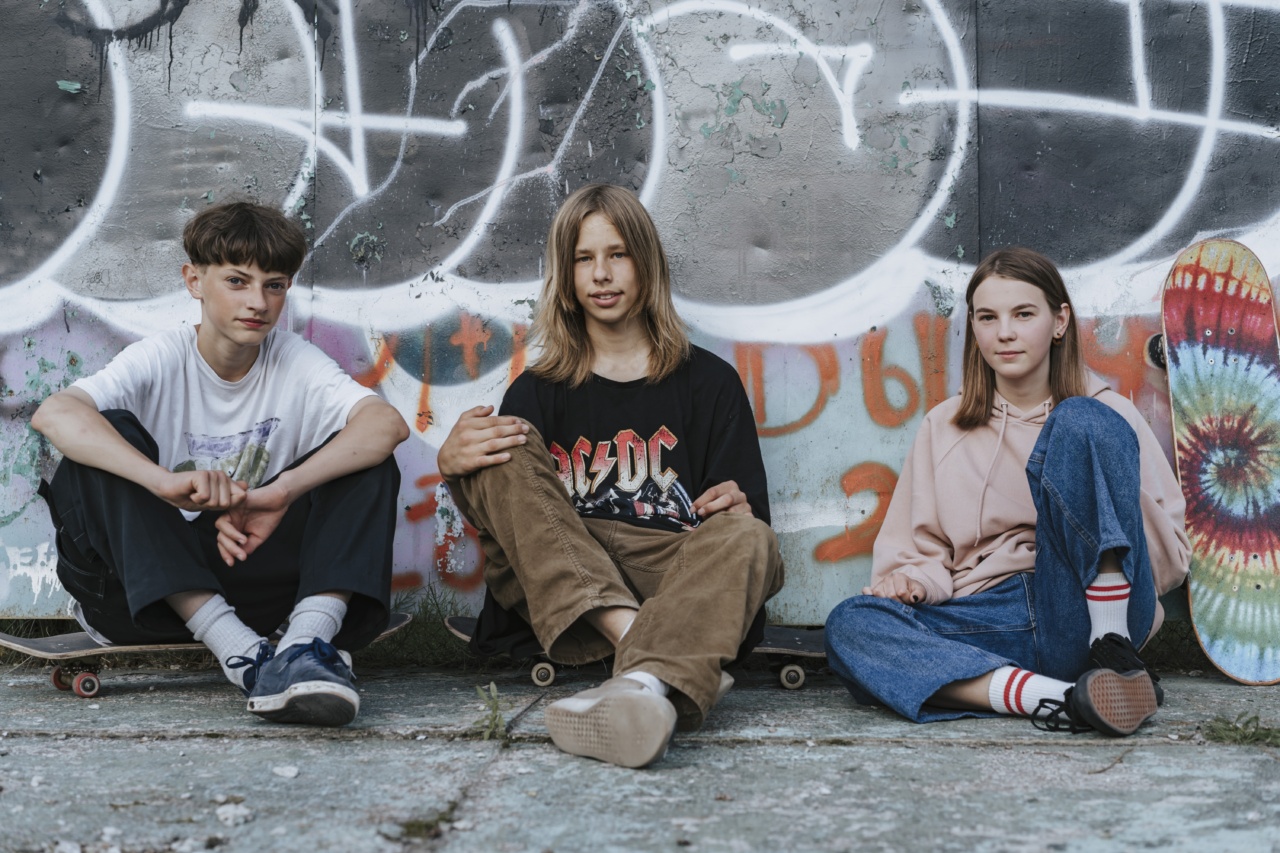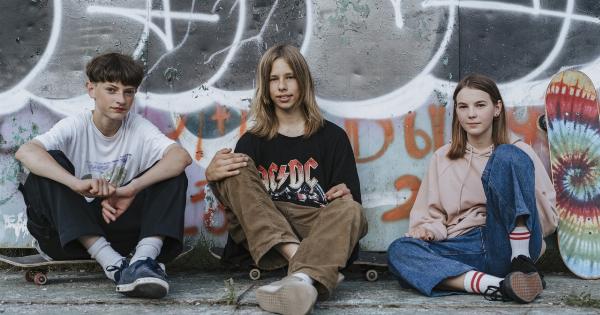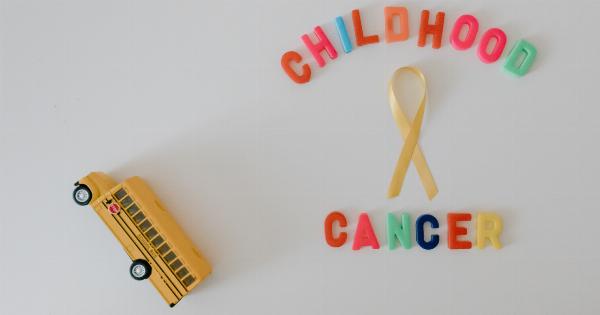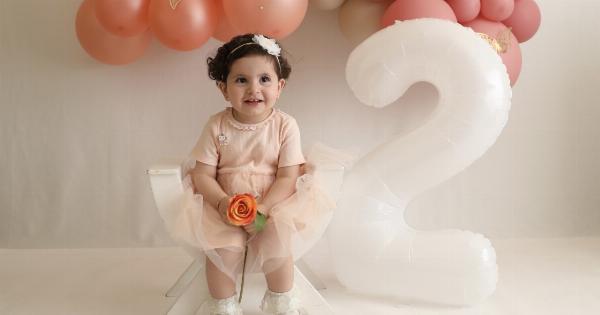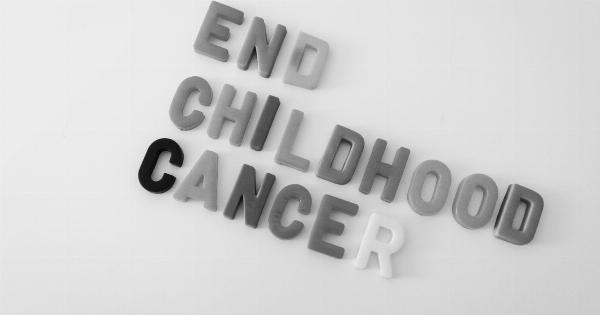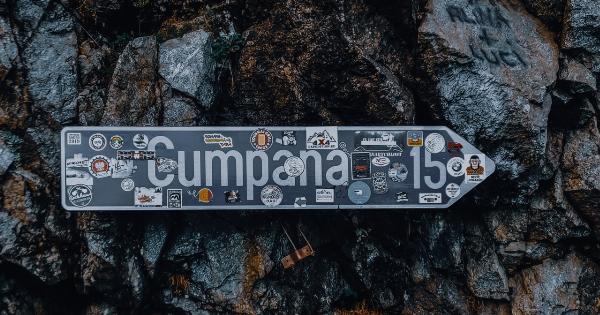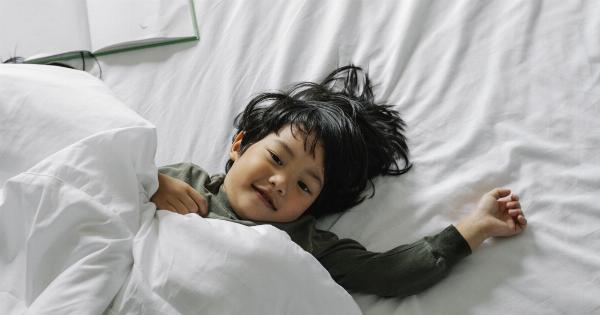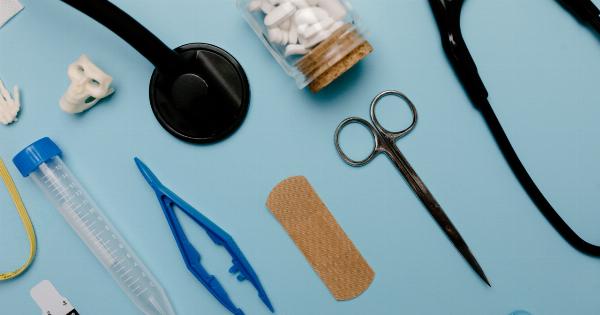Cancer is a devastating disease that affects millions of people around the world. Although it is commonly associated with adults, children and adolescents are not exempt from this life-altering condition.
However, it is important to note that cancer is relatively rare in this age group compared to adults.
Prevalence of Childhood Cancer
Childhood cancer accounts for a small percentage of all cancer cases. According to the American Cancer Society, childhood cancers make up less than 1% of all new cancer diagnoses each year.
This rarity can be attributed to various factors, ranging from genetic differences to environmental exposures.
Types of Childhood Cancer
Childhood cancers differ from adult cancers in terms of the types of cancers that are most commonly observed. Some of the most prevalent types of cancer in children and adolescents include:.
- Leukemia: Leukemia is the most common type of childhood cancer, accounting for approximately 30% of cases. It affects the bone marrow and blood cells.
- Brain and Central Nervous System (CNS) tumors: These tumors are the second most common type and can occur in various parts of the brain or spinal cord.
- Neuroblastoma: This cancer develops from immature nerve cells and typically affects children aged 5 or younger.
- Wilms tumor: Wilms tumor is a kidney cancer that primarily affects children aged 3 to 4 years.
- Rhabdomyosarcoma: This cancer originates in the soft tissues and can occur in various parts of the body, including the head, neck, urinary tract, and reproductive system.
Risk Factors for Childhood Cancer
While the exact causes of childhood cancer remain unknown in most cases, several risk factors have been identified. These include:.
- Genetic conditions: Certain genetic conditions, such as Down syndrome and Li-Fraumeni syndrome, increase the risk of developing cancer in childhood.
- Exposure to radiation: High levels of radiation, whether from medical treatments or environmental sources, can increase the risk of childhood cancer.
- Chemical exposures: Certain chemicals, such as those found in pesticides and industrial pollutants, have been associated with an increased risk of childhood cancer.
- Familial predisposition: Having a family history of cancer can increase the likelihood of developing the disease at a young age.
Signs and Symptoms
Recognizing the signs and symptoms of childhood cancer can significantly contribute to early detection and improved outcomes. Some common signs include:.
- Unexplained weight loss
- Persistent fever
- Unusual lumps or swelling
- Excessive bruising or bleeding
- Persistent headaches
- Changes in vision or eye appearance
- Abdominal pain or swelling
- Unexplained prolonged fatigue
If any of these symptoms persist or raise concern, it is important to consult a healthcare professional for further evaluation.
Diagnosis and Treatment
The diagnosis of childhood cancer involves various medical procedures, including but not limited to:.
- Blood tests
- Imaging tests (X-rays, ultrasounds, CT scans, MRI scans)
- Biopsies
- Lumbar punctures
Once diagnosed, the treatment options for childhood cancer depend on the type and stage of the cancer, as well as the overall health of the child. Common treatment modalities include:.
- Chemotherapy
- Surgery
- Radiation therapy
- Immunotherapy
- Stem cell transplantation
It is important to note that the treatment of childhood cancer often involves a multidisciplinary approach, including pediatric oncologists, surgeons, radiation oncologists, and other specialists.
Survivorship and Long-Term Effects
With advances in medical treatments, the survival rates for childhood cancer have significantly improved over the years. According to the American Cancer Society, the overall 5-year survival rate for childhood cancer is around 84%. It is important to note that individual prognosis and long-term effects can vary depending on various factors.
Survivors of childhood cancer may experience long-term physical, emotional, and cognitive effects, commonly referred to as late effects. These can include:.
- Organ damage
- Hearing or vision problems
- Growth and development issues
- Secondary cancers
- Infertility
- Emotional and psychological effects
Regular follow-up care and monitoring are crucial for managing and addressing these potential long-term effects.
Support and Resources
A diagnosis of childhood cancer can be overwhelming for both the child and their families. Fortunately, there are numerous support networks and resources available to provide assistance and guidance. These include:.
- Childhood cancer foundations and organizations
- Support groups for parents and siblings
- Psychosocial support services
- Educational resources for school reintegration
- Financial assistance programs
These resources play a vital role in helping families navigate through the challenges associated with childhood cancer.
Conclusion
While it may be true that children and adolescents rarely experience cancer compared to adults, it does not eliminate the emotional and physical hardships that come along with the diagnosis.
Childhood cancer, though relatively rare, requires a comprehensive approach to diagnosis, treatment, and ongoing management. With continued research and improved access to specialized care, we can hope for better outcomes and a brighter future for children and adolescents affected by cancer.
